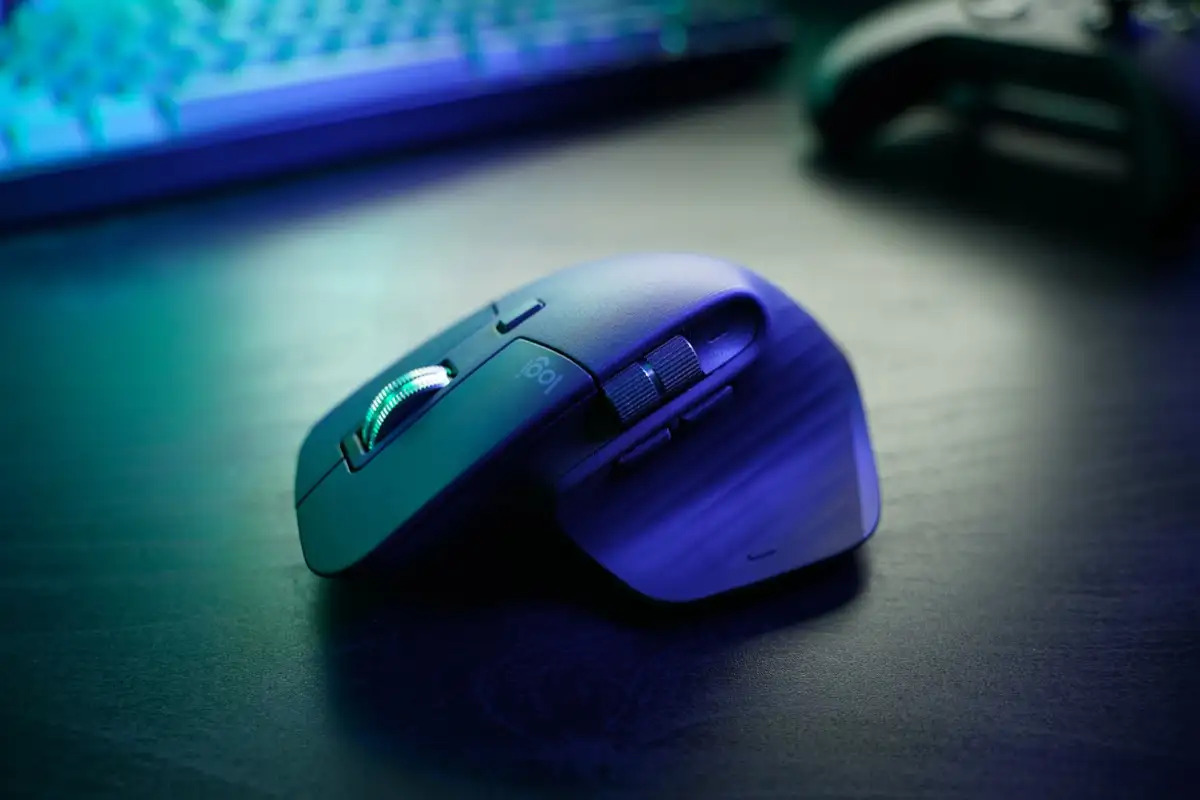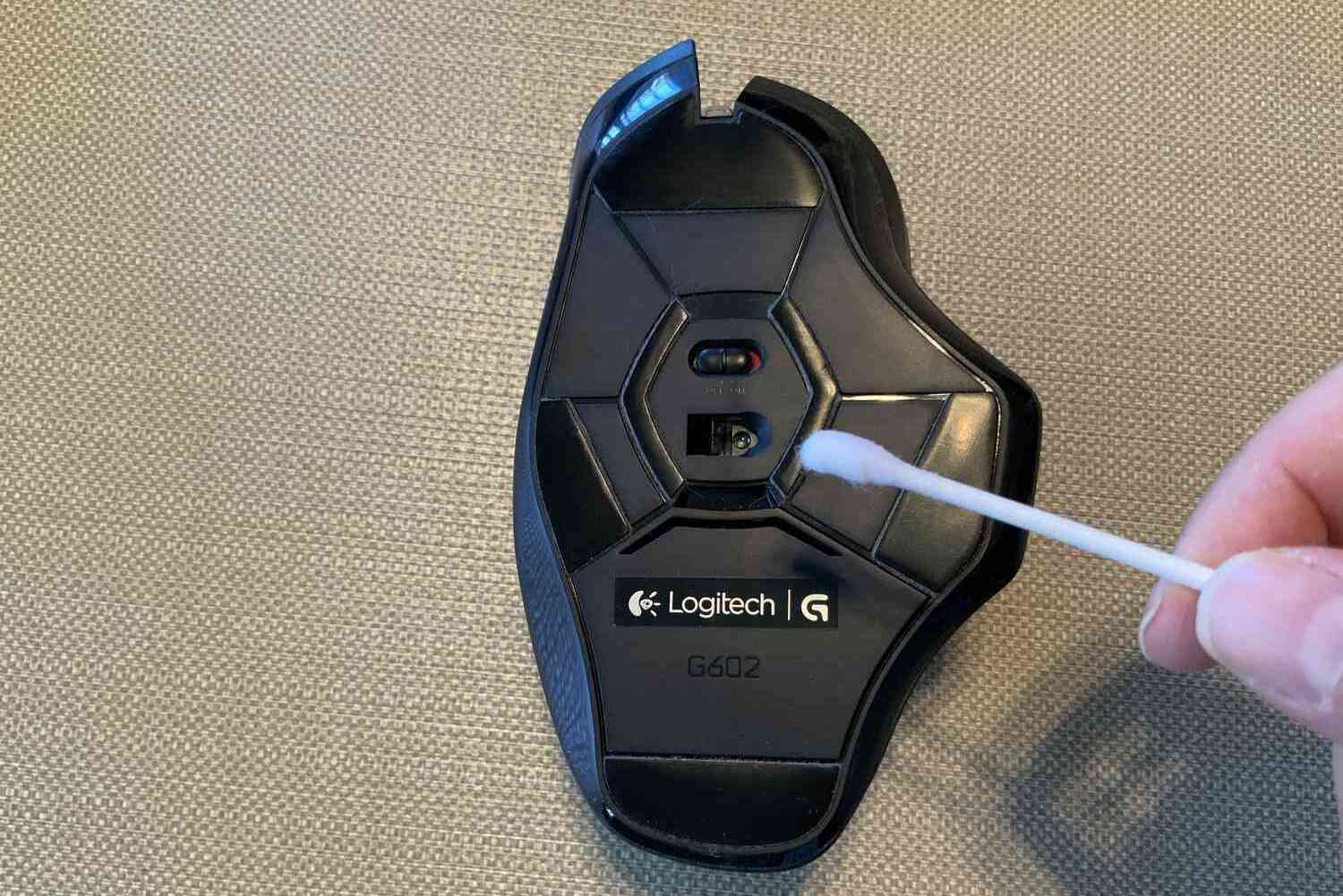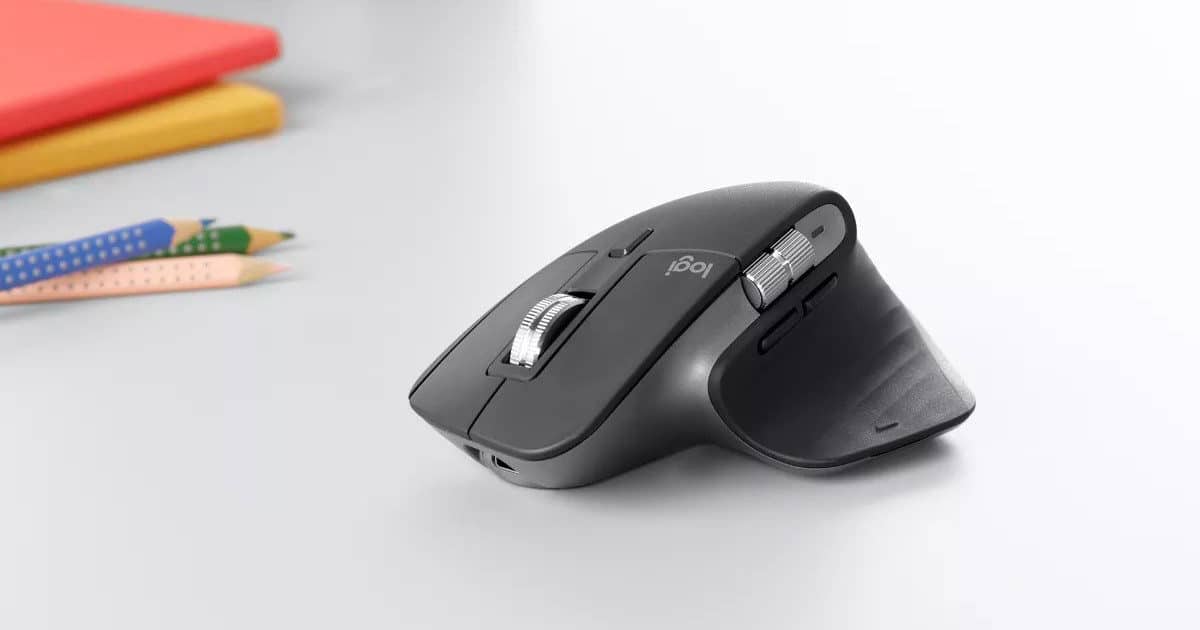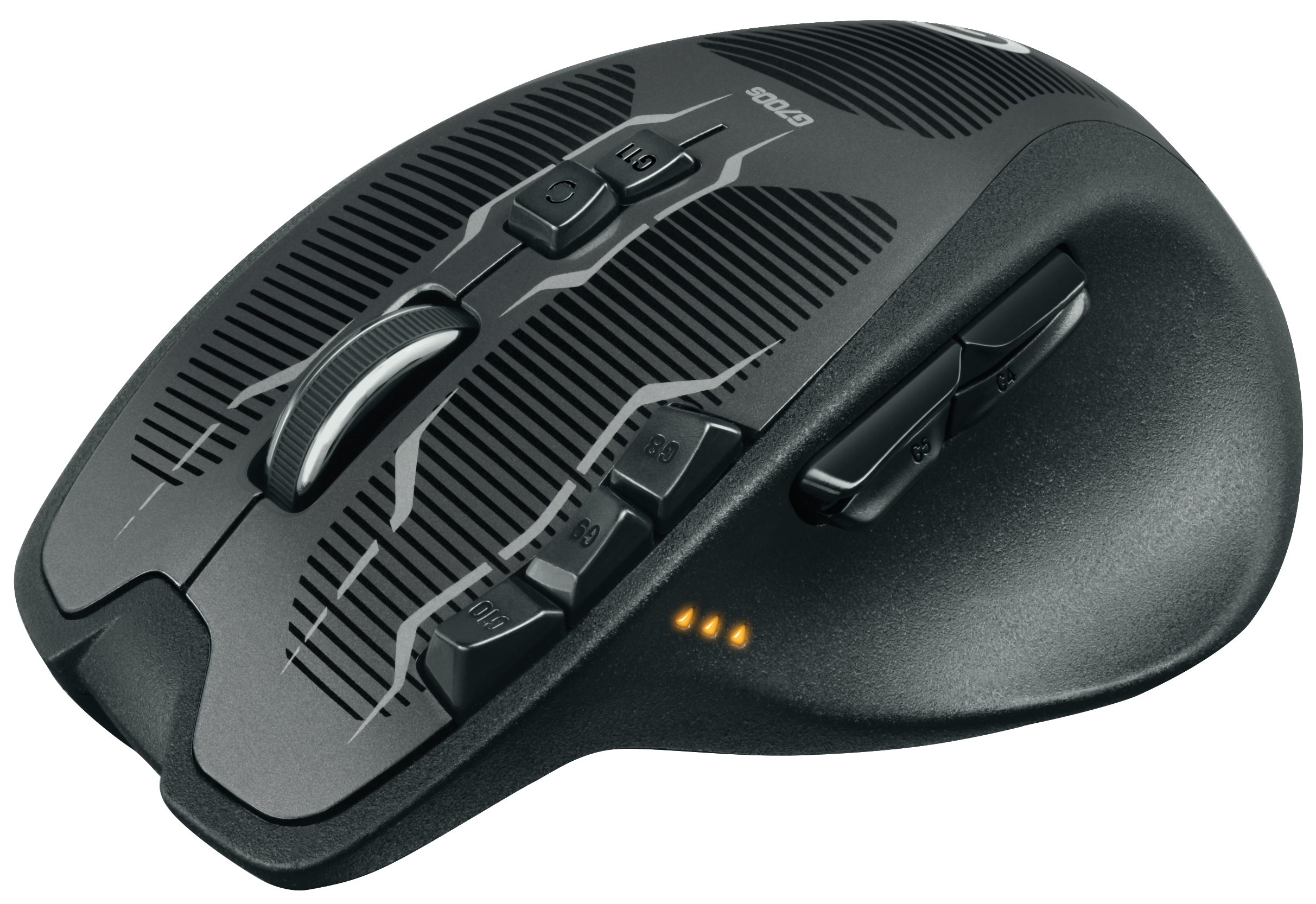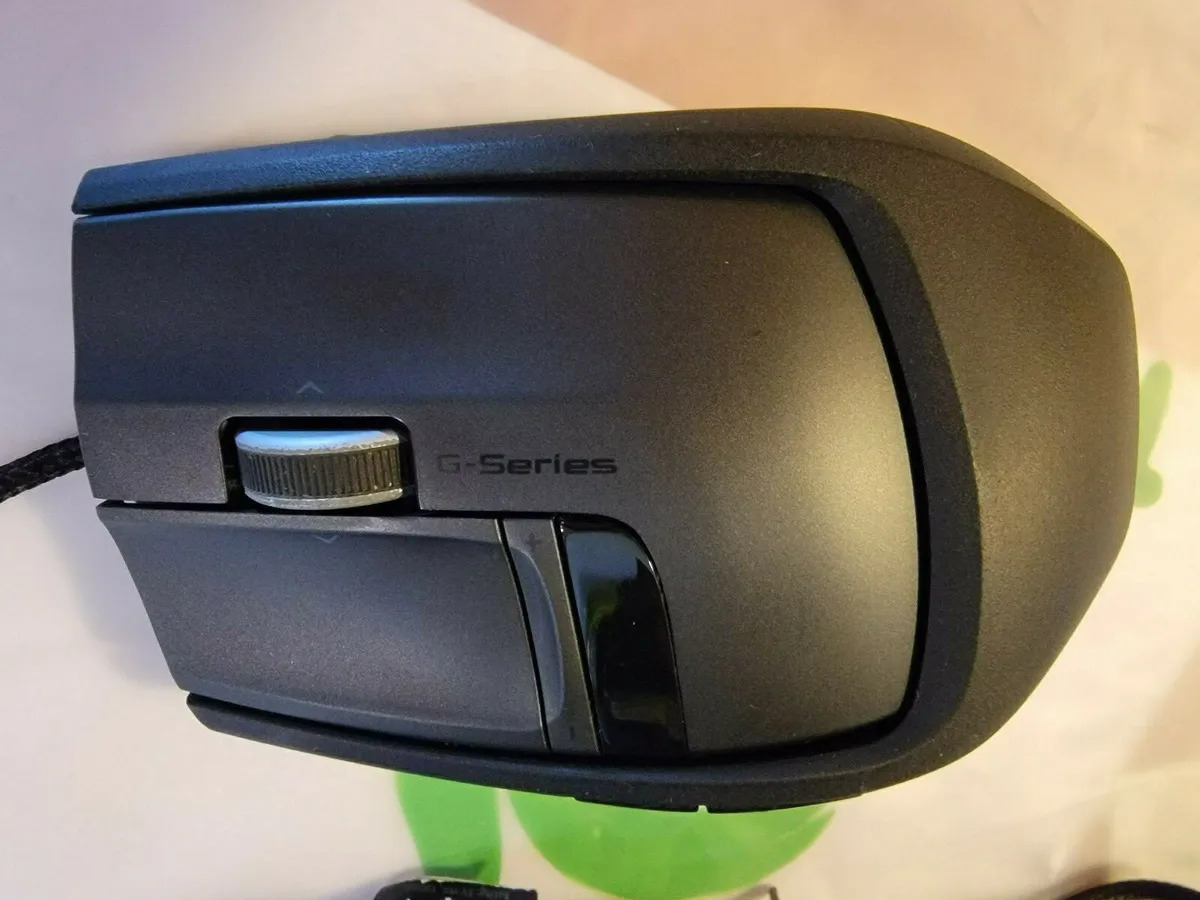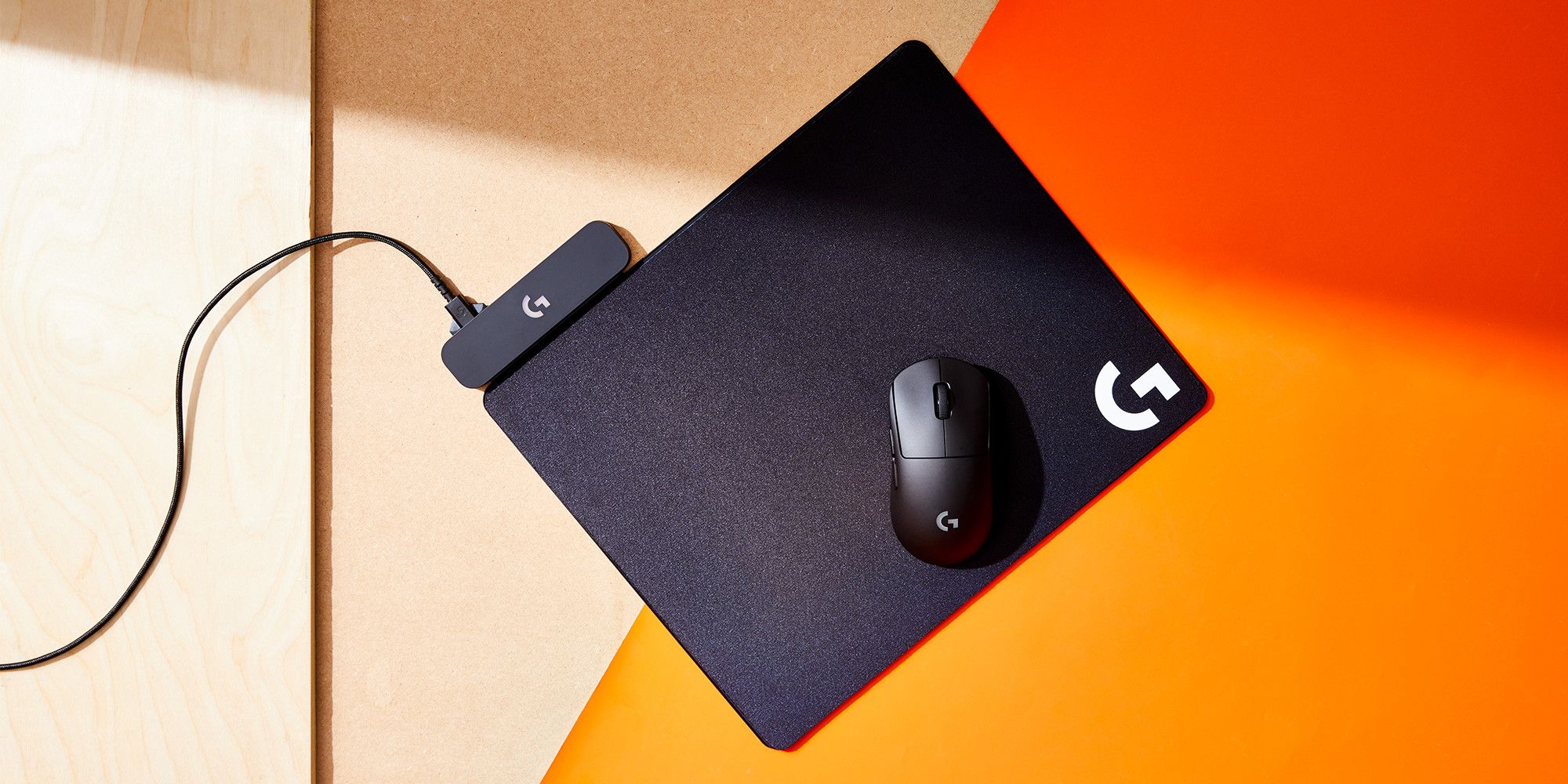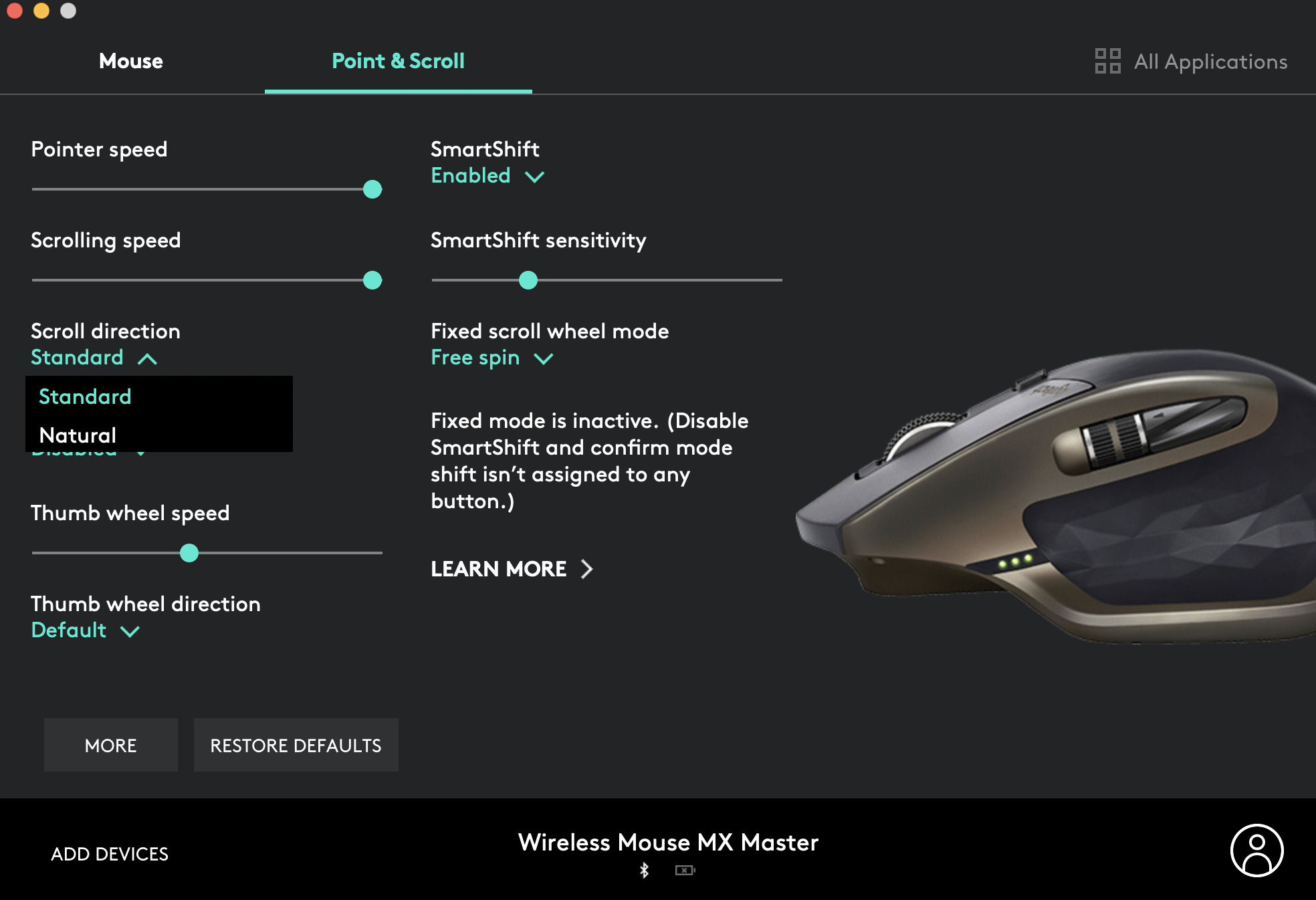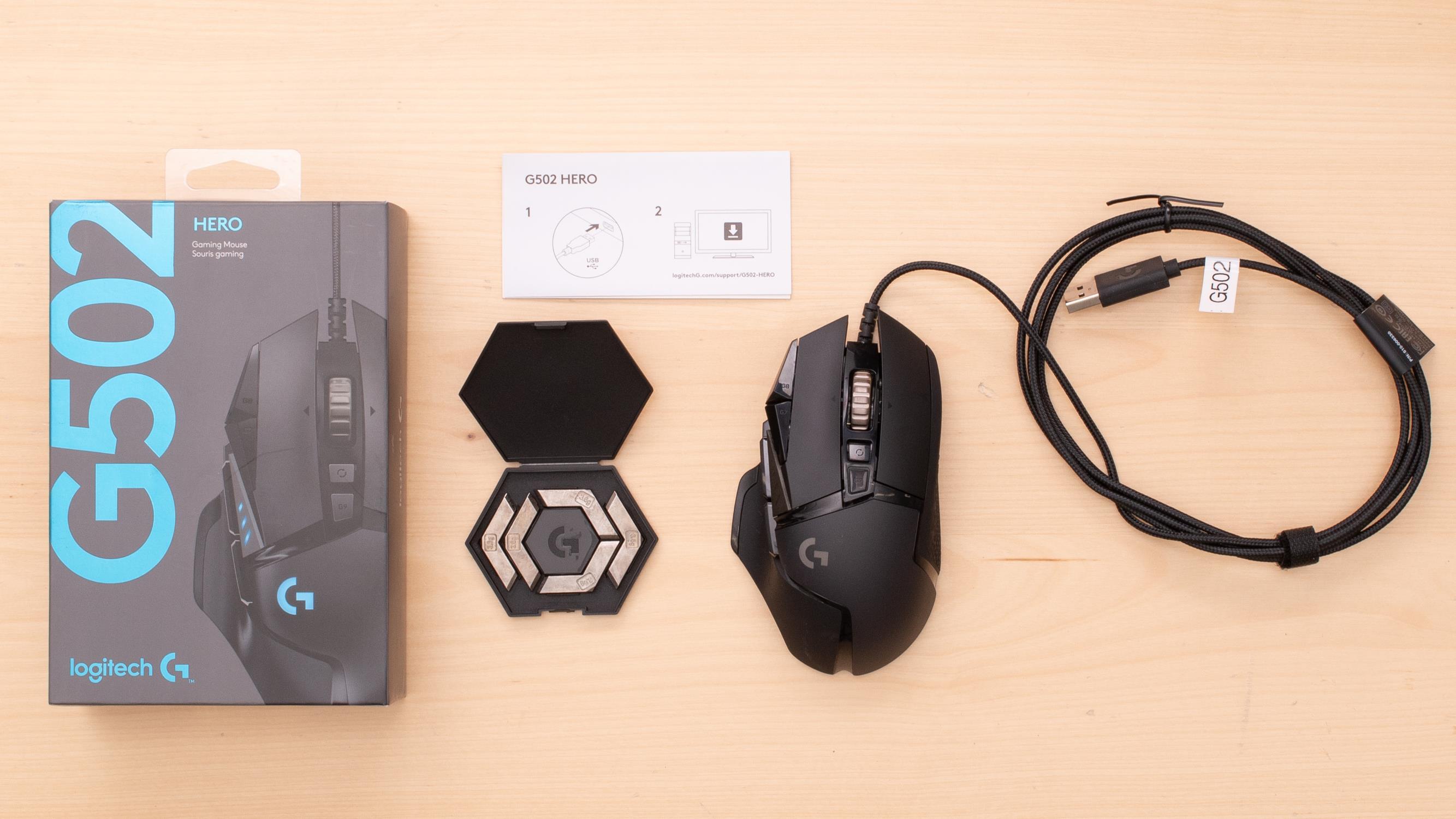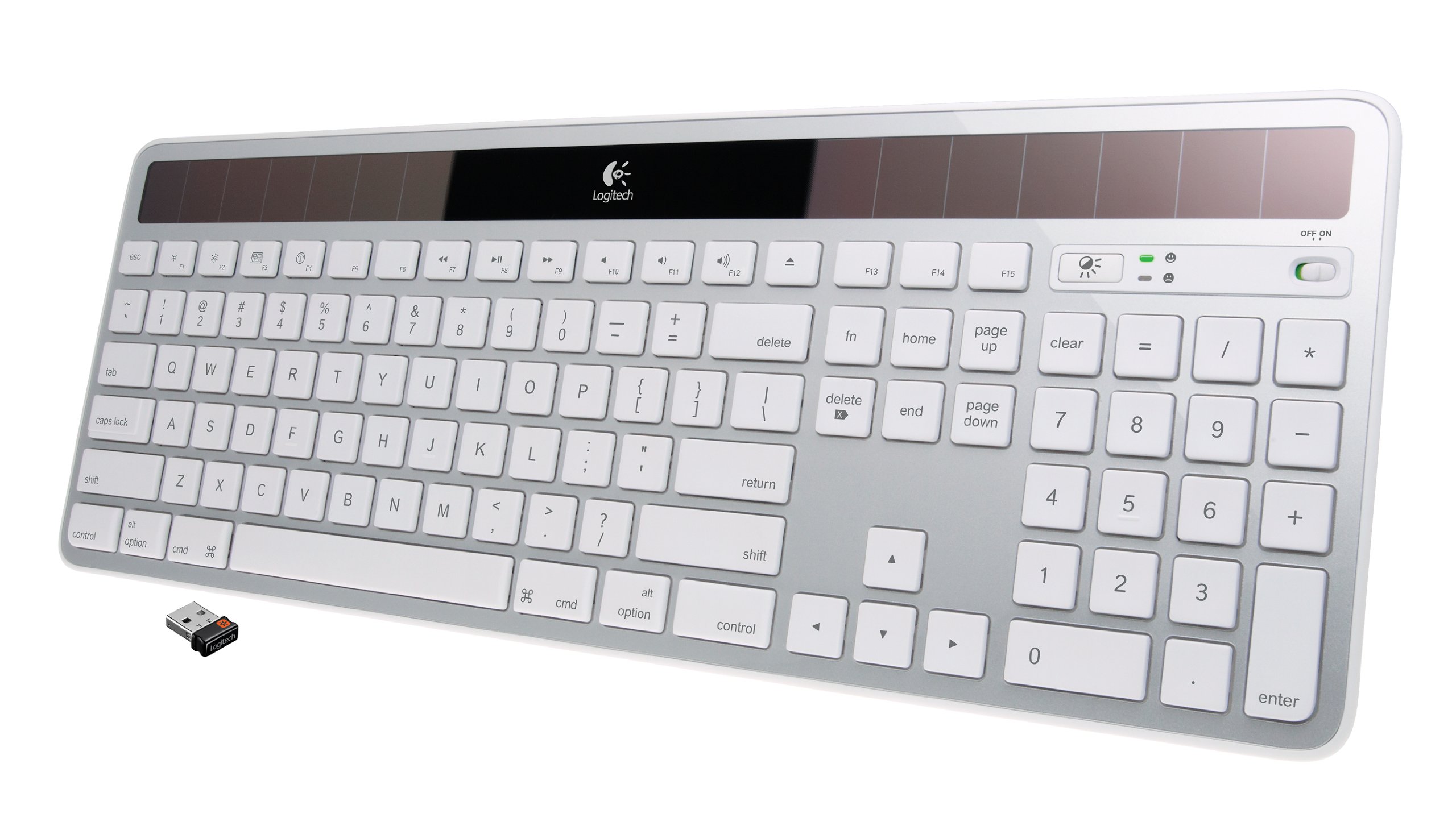Possible Reasons for Logitech Mouse Disconnecting
A Logitech mouse provides a seamless and convenient way to navigate your computer. However, it can be frustrating when your mouse keeps disconnecting, interrupting your work or gaming experience. To resolve this issue, it’s important to understand the possible reasons behind the disconnections. Here are some common causes to consider:
- Weak or Low Batteries: One of the primary reasons your Logitech mouse may be disconnecting is due to weak or low batteries. If the batteries are running out of power, the mouse may lose its connection to the receiver. Consider replacing the batteries with fresh ones to ensure a stable connection.
- Interference: Another culprit behind mouse disconnection issues can be interference from other wireless devices in the vicinity. Devices like Wi-Fi routers, cordless phones, or even neighboring wireless mice can cause signal conflicts and lead to disconnections. Try relocating your mouse receiver away from these potential sources of interference to improve the connection stability.
- Outdated Mouse Driver or Firmware: A mismatch between the mouse driver and firmware versions can cause compatibility issues and result in disconnections. Make sure you have the latest driver and firmware installed for your Logitech mouse. Visit the Logitech website or use the Logitech software to check for updates and install them if necessary.
- USB Port Issues: Faulty or malfunctioning USB ports on your computer can also contribute to mouse disconnection problems. Test your mouse with different USB ports to identify if a certain port is causing the issue. If you find a problematic port, consider using a different one or have the faulty port repaired.
- Physical Obstacles: Sometimes, physical obstacles such as walls, furniture, or other objects can block the signal between the mouse and the receiver, leading to intermittent disconnections. Ensure that the receiver and mouse have a clear line of sight and are within a reasonable distance for optimal connectivity.
By considering these possible reasons for your Logitech mouse disconnecting, you can take the necessary steps to resolve the issue. Next, let’s explore some troubleshooting steps you can follow to help rectify the problem.
Troubleshooting Steps for Logitech Mouse Disconnection
If you’re experiencing issues with your Logitech mouse frequently disconnecting, there are several troubleshooting steps you can take to resolve the problem. Follow these steps to troubleshoot the disconnection issue:
- Check the Battery Level: Ensure that the batteries in your Logitech mouse have enough power. Replace the batteries if necessary to eliminate weak battery as the cause of the disconnection.
- Reposition the Mouse Receiver: Try moving the mouse receiver to a different USB port on your computer. Sometimes, changing the port can help resolve connectivity problems.
- Remove Interference: Eliminate any potential sources of interference, such as other wireless devices or metal objects near the mouse and receiver. Distances from other electronic devices can improve the mouse’s connection stability.
- Update Mouse Driver and Firmware: Ensure that you have the latest Logitech mouse driver and firmware installed. Visit the Logitech support website or use the Logitech software to check for and install any available updates.
- Reset the Mouse Connection: Resetting the mouse connection can help re-establish a stable connection. To do this, remove the receiver from the USB port, remove the batteries from the mouse, wait for a few seconds, reinsert the batteries, and reconnect the receiver.
- Try a Different Surface: Some mouse surfaces may not be compatible with optical or laser sensor-based Logitech mice. Experiment with different mouse pads or surfaces to see if it improves the connection stability.
- Check for Physical Damage: Inspect the USB cable, mouse receiver, and mouse for any signs of physical damage. If you notice any damage, consider replacing the affected components.
By following these troubleshooting steps, you can often resolve the disconnection issues with your Logitech mouse. If the problem persists, you may need to consider repairing or replacing your mouse. Let’s take a closer look at some additional solutions for resolving Logitech mouse disconnection in the next section.
Checking the Battery Level of Your Logitech Mouse
One of the most common reasons for Logitech mouse disconnections is weak or low batteries. Before moving on to more advanced troubleshooting steps, it’s essential to check the battery level of your mouse. Here’s what you can do:
- Replace the Batteries: Open the battery compartment of your Logitech mouse and remove the existing batteries. Replace them with fresh, fully charged batteries. Make sure you use the correct type of batteries recommended by Logitech.
- Check Battery Life Indicator: Some Logitech mice have a built-in battery life indicator. Look for an LED light or battery status icon on the mouse. If the indicator shows a low battery level, it’s a clear sign that you need to replace the batteries.
- Use a Battery Tester: If your Logitech mouse doesn’t have a built-in battery life indicator, you can use a battery tester. Insert each battery into the tester and check the reading to determine if the batteries have sufficient power left. Replace any batteries that show a low charge.
- Test with Fresh Batteries: If you don’t have a battery tester, you can also try using fresh batteries without a specific low battery indication. Sometimes, even if the batteries seem to have some charge left, they may not provide enough power for a stable connection.
- Keep Spare Batteries Handy: To avoid any downtime due to low battery issues, it’s a good practice to keep spare batteries readily available. This way, you can quickly replace the batteries when needed and continue using your Logitech mouse without interruption.
By checking the battery level of your Logitech mouse and ensuring that you have fresh batteries installed, you can eliminate weak battery issues as a potential cause for the disconnection problem. If the disconnections persist, continue troubleshooting using the other methods outlined in this article.
Updating the Mouse Driver and Firmware
Outdated mouse driver or firmware can often cause compatibility issues and result in Logitech mouse disconnections. It’s important to keep these software components up to date to ensure optimal performance. Here’s how you can update the mouse driver and firmware:
- Identify the Mouse Model: Before updating the driver and firmware, you need to know the exact model of your Logitech mouse. Refer to the product documentation or check the mouse itself for the model name/number.
- Visit the Logitech Support Website: Go to the official Logitech support website using a web browser on your computer. Look for the “Support” or “Downloads” section of the website.
- Search for the Mouse Model: Use the search function on the Logitech support website to find the support page for your mouse model. Enter the model name/number or browse the available options to locate the correct page.
- Download and Install the Latest Driver: On the support page for your mouse model, locate the driver download section. Download the latest driver compatible with your operating system. Once downloaded, run the driver installer and follow the on-screen instructions to install the new driver.
- Check for Firmware Updates: While on the support page for your mouse, check if there are any firmware updates available. Firmware updates can improve mouse performance and address connectivity issues. Download the firmware update file if available and follow the provided instructions to update the firmware.
- Use Logitech Software: Logitech often provides dedicated software for managing their peripherals. Install the Logitech software on your computer and use it to check for driver and firmware updates automatically. This software can simplify the process of keeping your mouse’s software components up to date.
By updating the mouse driver and firmware to the latest versions, you can mitigate compatibility issues and potentially resolve disconnection problems with your Logitech mouse. If the disconnections persist, proceed to the next troubleshooting steps.
Resolving Interference Issues with the Mouse Receiver
Interference from other wireless devices can cause signal conflicts and lead to Logitech mouse disconnections. To ensure a stable connection, it’s important to identify and resolve any interference issues with the mouse receiver. Here’s what you can do:
- Reposition the Receiver: Move the mouse receiver to a different USB port on your computer. Sometimes, simply changing the port can improve the signal reception and reduce interference.
- Separate from Other Devices: Keep the receiver away from other wireless devices such as Wi-Fi routers, cordless phones, and Bluetooth devices. These devices can emit signals that interfere with the mouse receiver’s signal. Increase the distance between the receiver and other devices to minimize potential interference.
- Minimize Metal Obstructions: Metal objects can also interfere with wireless signals. Ensure that there are no metal objects or surfaces (like metal desk stands) obstructing the path between the mouse and receiver. Clear the area around the receiver to improve signal reception.
- Reduce Wi-Fi Interference: Wi-Fi signals can cause interference with the mouse receiver. If you have a 2.4 GHz Wi-Fi network, it can be helpful to switch to a less congested wireless channel. Refer to your Wi-Fi router’s documentation for instructions on how to change the channel.
- Use a USB Extension Cable: When repositioning the receiver, you may find that using a USB extension cable provides more flexibility. With an extension cable, you can move the receiver to a higher location or away from potential sources of interference to achieve better connectivity.
- Test in a Different Environment: If possible, try using your Logitech mouse in a different location or with a different computer to see if the disconnection issues are specific to your current environment. This can help determine if there are external factors causing interference.
By implementing these measures to resolve interference issues with the mouse receiver, you can greatly improve the stability of your Logitech mouse’s connection. If the disconnections persist, proceed to the next troubleshooting steps.
Resetting the Mouse Connection
If you’re still experiencing frequent disconnections with your Logitech mouse, resetting the mouse connection can help re-establish a stable connection. Here are the steps to reset the mouse connection:
- Remove the Receiver: Unplug the USB receiver from your computer or laptop.
- Remove the Mouse Batteries: Open the battery compartment of your Logitech mouse and remove the batteries.
- Wait for a Few Seconds: Give the mouse and receiver a brief break by waiting for around 30 seconds. This will allow any residual charge in the system to dissipate.
- Reinsert the Batteries: Put the batteries back into the mouse, ensuring they are inserted correctly according to the polarity markings.
- Reconnect the Receiver: Plug the USB receiver back into a USB port on your computer. Make sure it is firmly inserted for a secure connection.
- Allow Time for Reconnection: The mouse and receiver may take a few moments to detect and establish a new connection. Give them a few seconds to complete the pairing process.
- Test the Mouse: Once the connection is re-established, test the Logitech mouse to see if the disconnections have stopped. Move the mouse around and check if the cursor movement is smooth and consistent.
Resetting the mouse connection can often resolve temporary connectivity issues between the Logitech mouse and its receiver. If the disconnections persist, move on to the next troubleshooting steps to further address the problem.
Repairing or Replacing Your Logitech Mouse
If you’ve gone through the troubleshooting steps and your Logitech mouse continues to experience frequent disconnections, it may be necessary to consider repairing or replacing the mouse. Here are a few options to explore:
- Check Warranty: If your Logitech mouse is still under warranty, check the terms and conditions. If the disconnection issue is a hardware fault, you may be eligible for a free repair or replacement. Contact Logitech’s customer support or visit their website to initiate a warranty claim.
- Online Support: Logitech provides comprehensive online support for their products. Visit their support website or access the community forums to seek assistance from other users who may have experienced similar issues. They may offer advice or specific solutions that can help resolve the disconnection problem.
- Professional Repair Services: If your Logitech mouse is out of warranty, consider seeking professional repair services. Look for authorized service centers or trusted technicians who specialize in Logitech devices. They can diagnose the issue and offer repair solutions, provided the cost is justifiable compared to buying a new mouse.
- Replacement: If the cost of repair outweighs the value of the mouse or if the mouse is no longer within the warranty period, it may be more practical to purchase a new Logitech mouse. Consider upgrading to a newer model that offers improved features and connectivity options.
When making a decision about repairing or replacing your Logitech mouse, consider factors such as the overall cost, the extent of the disconnection issue, and the age of the mouse. Keep in mind that technology advances quickly, and a newer model may provide a better and more reliable user experience.
By exploring these options, you can find a solution that aligns with your needs and budget. Remember to properly dispose of your old mouse if you choose to replace it, following the recommended electronic waste disposal guidelines in your area.







